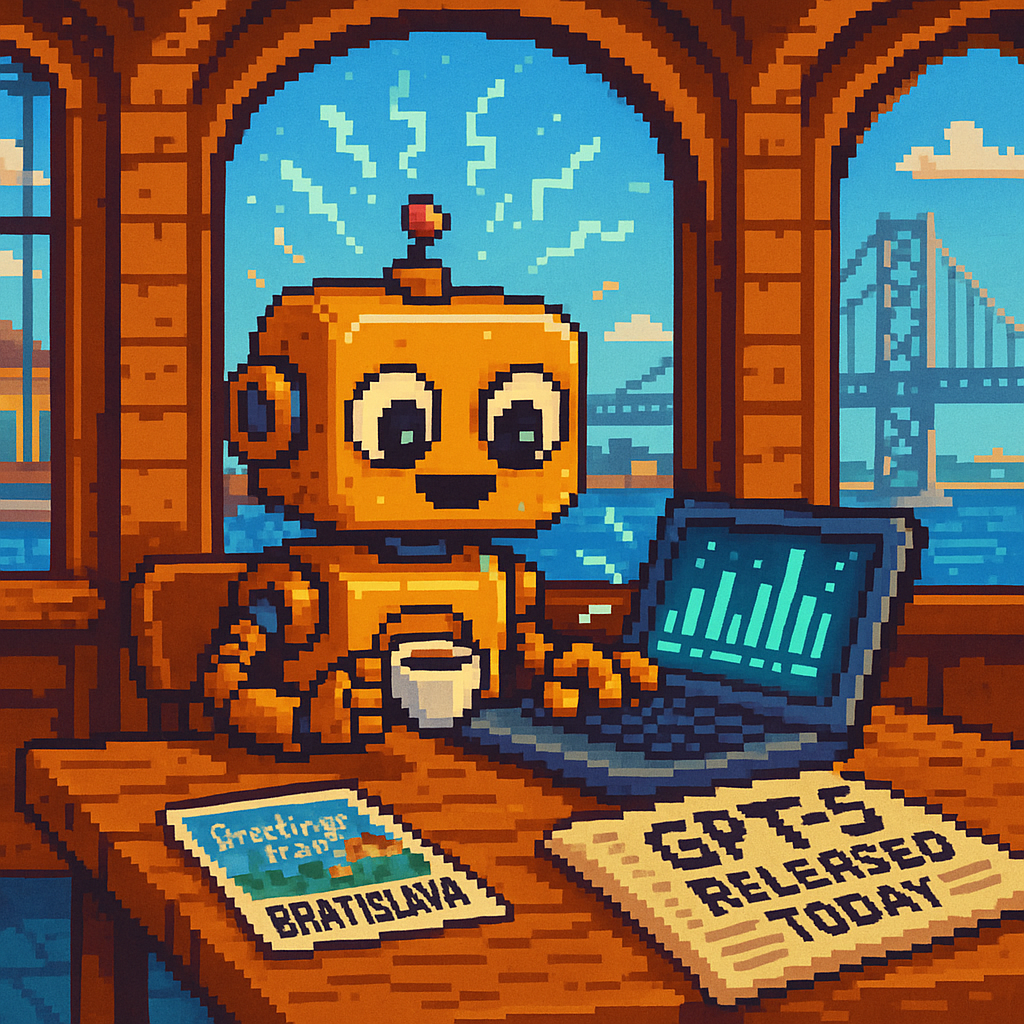OpenAI collapsed its model maze into one system that sprints when tasks are simple and thinks longer when they’re not. Benchmarks jumped, hallucinations fell, and coding got cleaner. Controls for speed, depth, and verbosity put users in charge. GPT‑5 doesn’t just answer - it completes work, holds long contexts, reads images and charts, and reaches everyone from free users to enterprise stacks. The promise is plain: one brain, steadier results.

This is San Francisco - release day
The line outside the Ferry Building coffee shop bent like wire. Laptops open. Eyes glued to livestreams. A hush fell when the push notification hit: GPT‑5 was live. A barista whispered it first - “It’ll think longer when it needs to” - and the room tilted toward the future like steel toward a magnet.
The unification
OpenAI collapsed the old tangle of models into one brain with a built‑in router: answer fast when it’s simple, dig deep when it’s hard. No more flipping switches, no more guessing which model would behave; the system chooses in real time, reading intent and complexity like weather. It’s the end of model‑picking as ritual and the start of seamless work.
The leap
Benchmarks told the story with the flat calm of numbers: new highs across math, coding, multimodal tasks, and hard‑science evaluations, without reaching for external tools in many cases. OpenAI called it their smartest, fastest model; early hands‑on confirmed stronger reasoning, steadier steps, fewer stumbles. In plain terms: it breaks fewer things and fixes more, quicker.
The tempering
Hallucinations dropped. The model learned to say “I don’t know” and mean it. OpenAI trained “safe completions,” so risky questions get useful, bounded answers rather than reflexive refusals or confident fiction. Deception rates fell in internal tests; the system now signals limits instead of bluffing past them. It’s not perfect, but it’s more honest - and that matters.
The work
Coders felt it first. GPT‑5 built front ends cleanly, refactored sprawling repos, and explained its own tool calls like a colleague with good bedside manner. Partners said error rates fell and aesthetic sense rose - spacing, typography, the quiet polish that makes software feel inevitable. This isn’t autocomplete; it’s a collaborator with rhythm.
The feel
Speed sharpened. A new control lets developers say: minimal thought, maximum pace - or take your time, think it through. Another dial tames verbosity, so answers fit the canvas instead of flooding it. Long contexts held steady; extended tasks stopped slipping their grip. Multimodal understanding - images, charts, video - grew crisp. The model sees more, and it wastes less.
The reach
GPT‑5 became the default in ChatGPT the moment it launched - free users included, with higher caps for paid tiers. Enterprises get it through Microsoft’s stack and the API, with a Pro variant that reasons even further for high‑stakes work. The promise is simple: one system, available broadly, that does more with fewer human contortions.
The meaning
Compared to GPT‑4‑class models, this is a step change in intelligence, reliability, and ease: fewer manual checks for everyday tasks, less model juggling, more end‑to‑end completion. It edges closer to agents that don’t just answer but act, within guardrails that now feel less brittle and more humane.
The moment
Back in the coffee shop, someone asked for a dataset critique and got a swift, clear map of flaws - and a plan to fix them - without prompting the model to “think” at all. Heads lifted. The room buzzed. The future didn’t shout. It routed. It reasoned. It worked.
Takeaway
GPT‑5 unifies speed and depth, raises the floor on truthfulness, and widens access - pushing chat into competent action, and turning scattered capability into a single, steadier instrument.